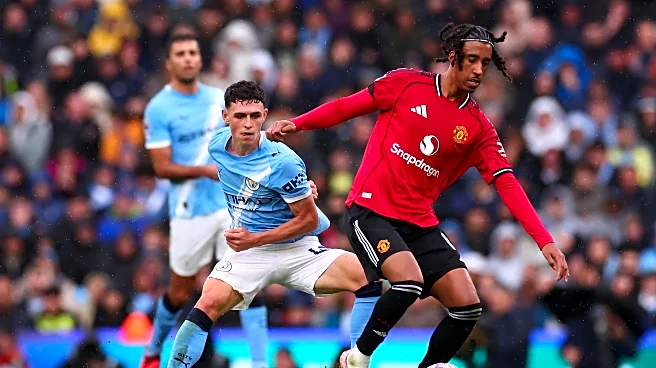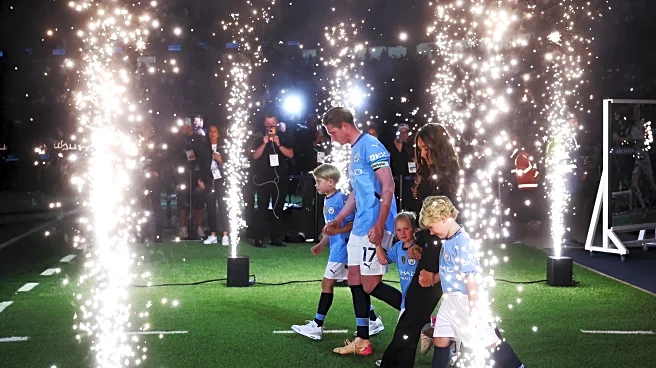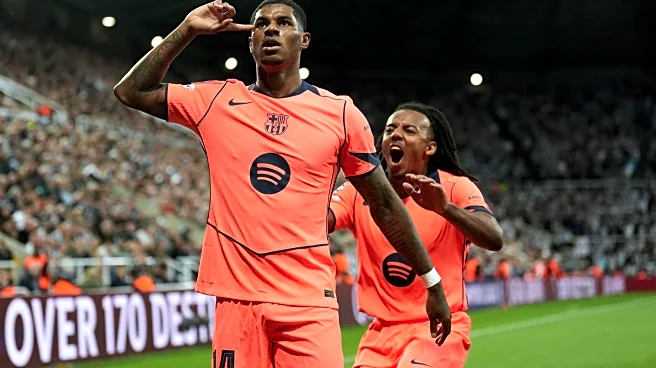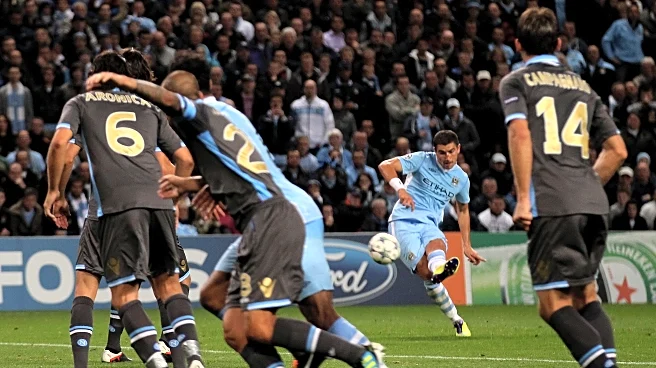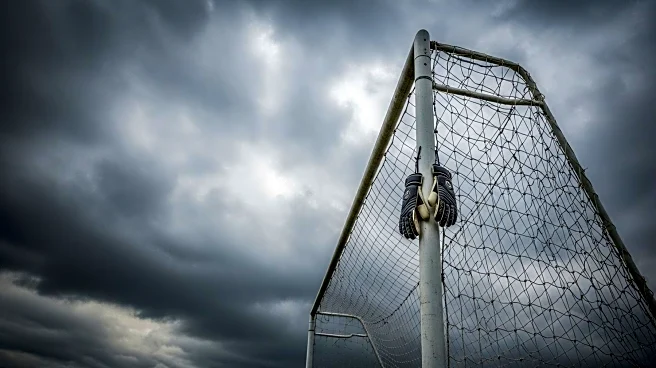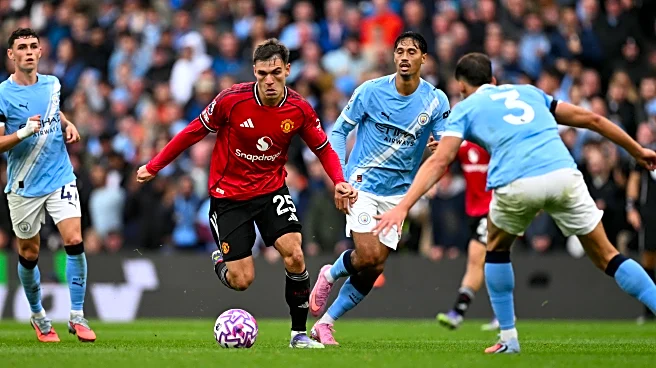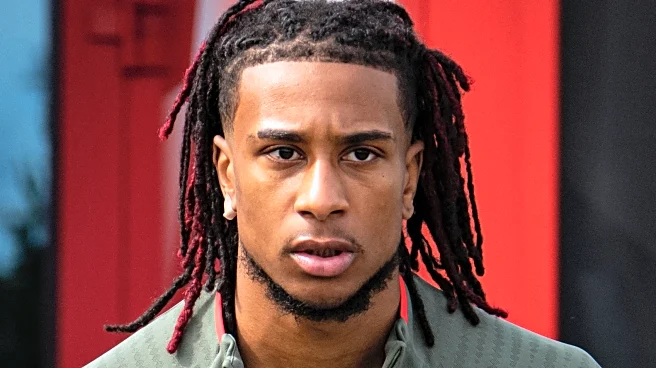Ruben Amorim’s system is not working at Manchester United. That is clear as day.
You can argue that through the first four games this season, there’s been some marginal improvement(s), but overall, there isn’t a planet where you can say eight wins in 31 matches is adequate, especially at United.
As has been the case since day one, the narrative around Amorim has focused almost exclusively on his insistence on playing with a back three. This has spawned a pretty annoying group of people who believe
the problem exclusively lies in the back three formation and that a shift to a back four would immediately improve things.
As annoying as those people are, they aren’t the worst. No, the worst people are the ones who say things like United played a back four last year before Amorim arrived, and they stunk then too!
It’s almost insane that this even needs to be addressed. I would think it goes without saying but apparently it needs to be said, the choice isn’t Ruben Amorim’s back three system or Erik Ten Hag’s back four system. Football isn’t black and white like this.
As The Busby Babe has previously detailed, the actual formation is nothing more than a red herring. The only problem with a back three formation is Amorim’s tendency to pick five defenders in his starting XI. When he starts Amad at wing back you typically end up with two fullbacks and two center backs on the pitch, which is no different than a back four.
The formation is simply where your players are standing at a given point. The system is what you’re asking those players to do – how high are you defending, are you trying to attack directly or slowly, who is responsible for covering different spaces etc. You can do many different things from different formations.
United has very clear structural flaws in its system that are being attacked week after week. Crystal Palace also plays a back three, but doesn’t have the same structural issues because Palace plays that back three system differently than how United does.
To say that United will fail in a back four because they failed in a back four under Ten Hag implies that all back four systems are the same. Ten Hag preferred a 4-2-3-1 formation but it was vastly different to the 4-2-3-1 that Ole Gunnar Solskjaer played when he was United’s manager.
Solskjaer’s 4-2-3-1 is a great example of the fluidity you can have within a formation, as United used to make small changes nearly every match. In December 2019, United defended in two completely different ways in back-to-back wins against Tottenham and Manchester City. The way the team built up in possession was different if Nemanja Matic and Paul Pogba were starting in central midfield than the way they built up when Scott McTominay and Fred played there. The way they attacked differed depending on whether Anthony Martial or Edinson Cavani was playing at striker. Their wingers played differently depending on whether it was Dan James playing on the wing or Mason Greenwood playing there. And they even more different if Juan Mata or Paul Pogba were deployed as “wingers.”
All these changes were meant to take advantage of the skill sets of the individual players selected in the team that day. United defended as a unit, staying in an organized block that could press high or stay compact in a middle block.
Erik Ten Hag came in and played a 4-2-3-1 that was vastly different. Rather than defending as a team it was much more individual-based based with players who were good in 1v1 battles being preferred. Out of possession, Christian Eriksen would often push up next to Bruno Fernandes to create a 4-1-4-1 shape. This would task Casemiro with covering a lot of space and cleaning up if the front five were ever bypassed, a task he was up for in his first season.
In possession, in Ten Hag’s first season the entire team was built around getting Marcus Rashford as close to goal as possible. This could be from running in behind the defense or sometimes he’d even be deployed down the middle. United thrived on counterattacks scoring 10 goals off the counter. Rashford thrived, getting close to goal scoring 17 goals in the Premier League and 30 in all competitions.
The following year, for whatever reason, Erik Ten Hag decided to change things.
Rather than having five players spread across the field and press teams, Ten Hag started pressing with four players in a very narrow shape.

This made it very easy for teams to just march up the pitch.

This was not a flaw that every team that played a 4-2-3-1 was vulnerable to. It was a problem specific to Manchester United because of the specific way they were trying to press teams.
In possession, United changed how they deployed Rashford as well as all their wingers. Rather than try and get Rashford as close to goal as possible, United were now pinning him (and Garnacho) to the touchline in order to create space for fullbacks like Diogo Dalot. United’s attack struggled not because they were playing a 4-2-3-1, but because they were deploying their best players further away from goal and putting fullbacks in the most dangerous positions.
The fullback’s importance to the attack meant that when United got forward, the fullbacks had to haul ass to make sure they were up with the attack.

United’s lack of a coherent press from the front, or rather the fact that it was so easy for teams to walk up the pitch, meant those fullbacks had to make sure they were getting their asses back deep for their defensive responsibilities. This would typically results in the fullbacks tiring as the game progressed, with United conceding a lot of late goals that were simply down to their fullbacks being knackered.
Erik Ten Hag wasn’t failing because these players weren’t good enough to play a back four. He was failing because he was giving the wrong responsibilities to the wrong players. The way he deployed his players out of possession had fatal flaws, dooming United’s press to ineffectiveness, and as a result United’s players had to do a ton of running that wore them down over 90 minutes.
Ruben Amorim is dealing with structural issues from his own choices. In possession, he’s giving the wrong responsibilities to the wrong players. That’s playing a big role in United’s inability to create quality scoring chances and finish them.
Out of possession teams are continuing to attack the space right behind the wing backs to stretch out the back three. You also have multiple opposing coaches and players publicly speaking about how they’re deliberately trying to attack the space in between the fullbacks and take advantage of United’s center backs having to jump up to cover that space.
Ruben Amorim doesn’t need to change his formation. He needs to address these issues that every single coach is deliberately attacking week after week. If fixing these flaws requires changing the formation, then go ahead and change it. If he can figure out how to fix it while still playing a back three, that’s great!
The only thing that matters is if Amorim can make the adjustments to his system to fix these issues. If he’s not going to do that, he’s not going to last much longer.

